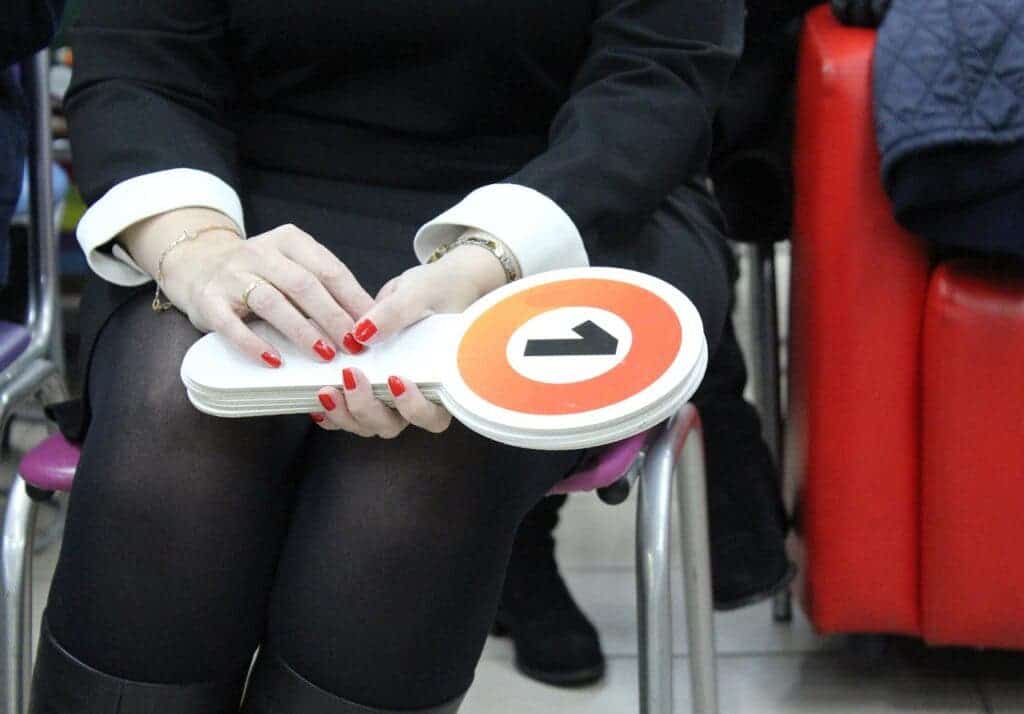
You’d think that when it comes to auctions, the more the merrier — having more people fight for whatever you’re auctioning can only work in your favor, right? Well, researchers in Australia are challenging conventional wisdom about auctions in a new study that found that as the number of participants increase, people actually start bidding less than they would in an auction with less competition.
“This is a counterintuitive finding because usually, auctioneers would assume that the more bidders there are in an auction, the more money they will make — the logic being that the more bidders there are, the more likely it is that there is a bidder with a high willingness to pay for the good,” said co-author Associate Professor Agnieszka Tymula from the University of Sydney’s School of Economics.
“However, it turns out that there is also a downside to having more bidders — most people bid less.”
In their study, the economists recruited nearly 100 adults who had to bid on various items, some more expensive than others, including clothing, movie tickets, Bluetooth speakers, and more.
The bidders participated in a number of auctions where the number of participants varied. On average, the participants changed their bids as the number of rivals increased. For instance, when the number of bidders increased from 3 to 12, the average bid declined by nearly 7%.
According to the authors, this effect can be explained by the psychology of “loss aversion” — the notion that the negative emotional impact of incurring a loss is greater than the positive impact of an equal-sized gain. As the number of participants for an auction increases, people intuitively recognize that their chance of winning decreases and treat this experience as a loss. Therefore, they are less willing to bid a high price even if the action of bidding itself doesn’t cost them a cent.
These findings may have widespread implications for real-life auctions, from online auctions on sites like eBay to in-person property market auctions. However, the sample size was relatively small and further research may help establish what’s the threshold over which increases the number of bidders becomes counter-productive. For now, this is a good start that may help auctioneers design more profitable auctions.
“In real-life, the auctions that attract many bidders are usually those auctions for better properties — and they will therefore generate higher bids just because the property is of higher quality,” Tymula said.
“Many real estate agents infer from this that more people at an auction, the higher the final bid is going to be, so they try to get as many people as possible to their auction. However, our results suggest that this actually plays against them because seeing many competitors at an auction makes bidders submit lower bids on average.”


